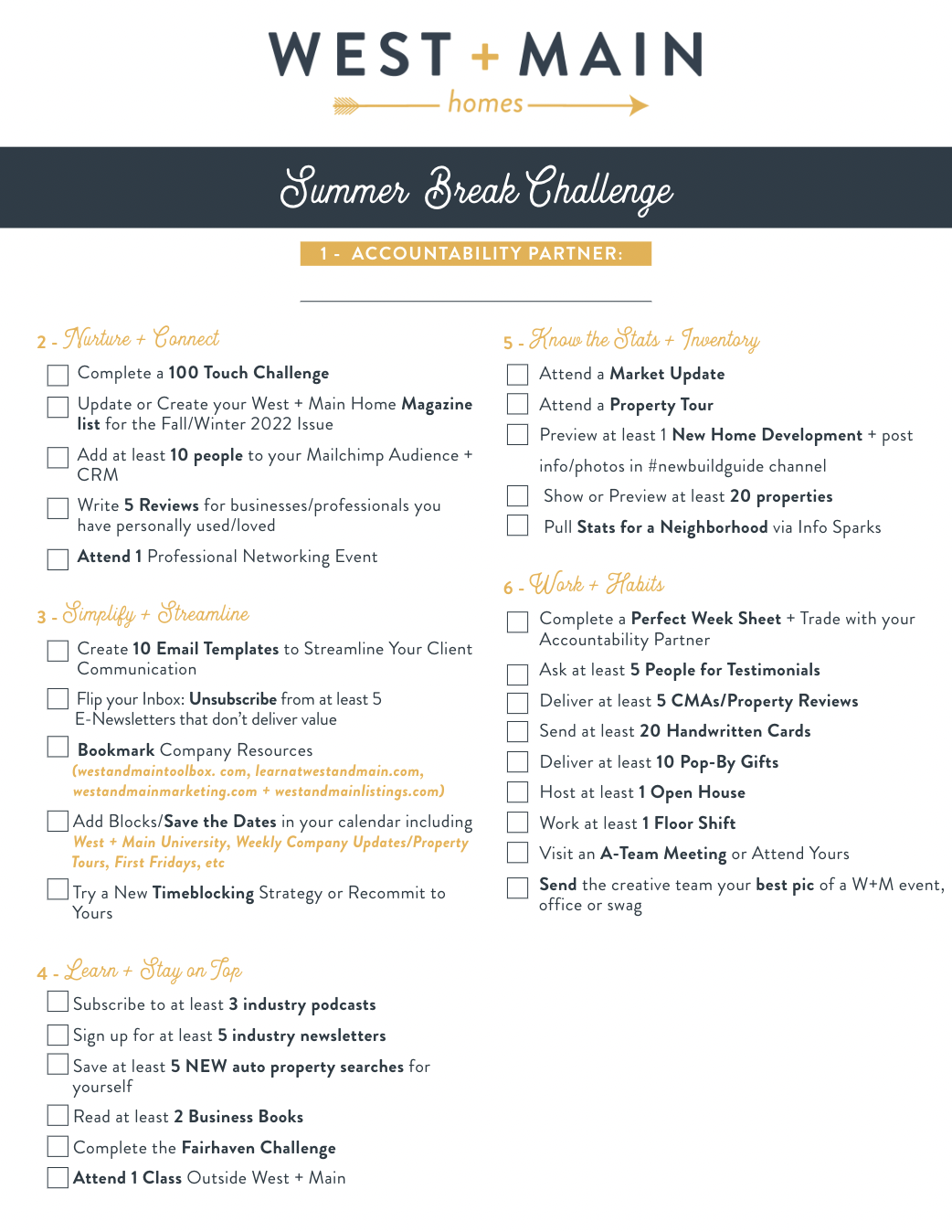It may be a scary thought for millions of people nationwide, but the resumption of student loan payments is on the horizon.
The jury is out on whether the Biden Administration will allow the freeze on loan payments to thaw on May 1 or extend it for the seventh time since March 2020. However, real estate experts and industry pundits agree that adding another bill to the plate of buyers and homeowners could pose another challenge in the market, as the affordability gap widens.
“It’s hard to make ends meet and consider saving for a home as well,” says Jessica Lautz, vice president of Demographics and Behavioral Insights for the National Association of REALTORS® (NAR).
From the weight it holds on their debt to income ratio to the challenges it presents on an aspiring buyer’s ability to save for a down payment, Lautz says that student loan payments pose an additional affordability challenge amid rising home prices and mortgage rates.
In a September 2021 report, NAR experts found that more than half of non-homeowning millennials (60%) claimed their student loan debt pressured them to delay buying their first home.
With more than $1.75 trillion in aggregate student loan debt nationwide and average student debt for millennials just below $40,000, George Ratiu, manager of economic research at realtor.com says their concerns are legitimate.
“Yes, a lot of the folks with professional degrees have higher earning power, but when you come out of professional school with the equivalent of a mortgage just in student debt, it’s a fairly tall order to presume then that you can pile on to that with a mortgage,” Ratiu says.
Economic Implications
For the past two-and-a-half years, people have enjoyed a reprieve from paying their student loan debt while also benefiting from a mix of federally backed stimulus and assistance programs that helped mitigate looming financial distress amid the pandemic.
The financial stimulus coupled with record-low mortgage rates provided a tailwind for younger generation aspiring buyers to buy their first home.
Millennials accounted for 43% of the total buyer pool in 2021, according to NAR’s 2022 Home Buyers and Sellers Generational Trends report. Eighty-one percent of younger millennials (23 to 31 years) and 48% of older millennials (32 to 41 years old) were first-time home buyers.
While the government pandemic response may have been a boon for some buyers, it has arguably sowed the seeds of the current economic and inflationary environment that has captured headlines in recent months.
This includes inflation hitting a four-decade high of 7.9% in February, prompting the Federal Reserve to make its first interest rate hike in four years to try to reel in the inflationary pressures that are driving prices up.
When asked how a two-year freeze of student loan payments weighed on inflation NAR chief economist Lawrence Yun tells RISMedia “The impact is unclear other than there is more spending into the economy because of the loan deferral.”
“Inflation is a tad higher,” Yun says. “Exactly how much is unknown.”
According to recent reports from the Federal Reserve Bank of New York, round $37 million federal student-loan borrowers saved $195 billion in loan payments since the government froze their payments at the onset of the pandemic.
The report’s authors also claimed that federal borrowers who had their payments frozen during the pandemic would likely have trouble managing their debts if the forbearance period ended.
For millennials that were able to buy homes during the pandemic, Ratiu says a resumption of payments will spread their monthly budgets thin.
“For many debt holders who have a mortgage, having to restart repayments will increase their financial burden every month, and here I think it all depends on whether these folks have federal or private loans and the terms of those loans are,” he says.” The bottom line is there will be a lot more burden on families who have to support a mortgage and restart paying their debts.”
Managing Their Debt
Despite concerns regarding the potential impacts on affordability, some pundits don’t see the reintroduction of student loan payments as an inherent headwind for buyers.
Nikkie Taylor, a senior loan officer at Motto Mortgage, tells RISMedia that the resumption of student loan payments could potentially help aspiring buyers.
“When no payments are being reported, typically you have to use 1% of the balance that they owe to qualify them,” Taylor says. “When they go into a deferment status or aren’t making any payments, it shows up on their credit report as a zero payment, then that’s when you have to use 1%.”
Depending on borrowers’ balance on their student loans, Taylor says that the minimum payment shown on a borrower’s credit report would be used when getting them qualified for a mortgage if they were to resume paying their student loans.
“That’s what the lender has to use, so it could be an ok thing because your student loan payments are not usually 1% of the balance you owe as a minimum payment,” says Taylor. “So it actually may help some home buyers and even first-time homebuyers if the lenders aren’t going to have to use such a huge amount of money each month for their debt.”
Experts from the Mortgage Bankers Association (MBA) aren’t convinced that the effect on buyers in the market will be severe, going as far as drawing comparisons to a similar government-backed forbearance on mortgage payments.
“It will come down to how we exit that forbearance,” says MBA chief economist, Joel Kan. “If you look at the mortgage forbearance, there are different ways for borrowers to exit, and it has been mostly positive for the most part.”
When borrowers had to go back to paying their mortgages in 2021 amid speculation and concerns of a wave of foreclosures hitting the market, Kan says servicers worked with borrowers to find a plan to exit forbearance that wouldn’t lead to losing their homes.
While he thinks a similar scenario will unfold when student debt payments resume, Kan admits that the additional expense could still challenge people’s ability to save and their monthly expenses.
Kan acknowledged that rising rates and home prices present a hurdle for first-time buyers, but he also says that there has been a shift in the cohort as many are older, have higher incomes and find ways to afford a home.
“Yes, there will be some strain if they have less income because of the resumption of student loan payments, but at the same time, debt obligations have been a lot lower, and I think a lot of these borrowers are better equipped to handle this going forward,” Kan says.
Broker’s Respond
Real estate professionals nationwide tell RISMedia that the possible continuance of student loan payments amid higher inflation, home prices, and mortgage rates could present a mixed bag of implications to buyers in their respective markets.
Rich La Rue, designated broker at HomeSmart’s Phoenix brokerage, says that disposable income, which increased during the pandemic, will take a hit.
“While the payments have been in abeyance, have people been saving that money,” La Rue wonders. “Probably not. They’ve been using it on their lifestyle, so this will negatively impact if they are trying to buy a home.
“It’s tough enough for first-time homebuyers to get into a home right now, not only because of the pricing but also because they are competing with investors and other cash buyers,” he adds. “I think that for many first-time buyers kicking in the student loan payments will put homeownership out of reach for them.
Kendall Bonner, broker/owner of RE/MAX Capital Realty and owner of Motto Mortgage Resource in Florida, echoes similar sentiments. However, she is optimistic that buyers in the market would adapt to the additional monthly payment.
“The reality is that most people often live check to check and at the top of their means,” she says. “The good thing is that once it’s introduced, people will adjust backward to what they need to because they have no choice.
Indeed, reintroducing another monthly payment would be a disconcerting task for buyers. Still, Matt Rand, managing partner at Howard Hanna Rand Realty, doesn’t anticipate student loans weighing down competition for a finite inventory of homes for sale, which is still prominent as the spring market kicks into gear.
“With demand as high as it is right now, there are so many people who are looking to move, upgrade or buy their first home that even if it affects some people, I think there’s so much demand that I don’t think it’s going to affect the market at all.”
Rand doesn’t expect student debt to impact market activity as much as rising mortgage rates and sky-high housing prices, even for first-time home buyers.
“Between those two, I think the student loan issue is a secondary issue for most people,” Rand says. “It’s certainly a factor that people have to consider with their cash flow …but I don’t think that it’s going to change a lot in terms of people being able to get mortgages because it was there whether they were paying it or not.”
Subscribe to RISMedia











